How great would it be to go “On The Road Again” in Spain with Mario Batali. Unfortunately, I’m not friends (or friends of friends) with either Batali or a famous actress who can essentially invite herself along for the ride. Notwithstanding, armed with an assortment of maps, guidebooks, and a plethora of Internet research (thanks to Patrick), we embarked on a three-week adventure in search of good food and wine; an adventure that would have made any food-lover proud. We started our culinary journey in Barcelona, then hopped on a train to San Sebastian in search of pintxos, then drove along the northern coast (stopping in places like Santillana del Mar and Cudillero), next heading towards Galicia (northwest corner of Spain) in search of some of the freshest mariscos (shellfish) in all of Spain, and possibly the world, before ending up back in Barcelona.
Typically, most people visiting Spain explore Barcelona and/or Madrid, and then head south — and rightfully so given the charms of southern Spain. Instead, we opted to take the road less traveled and headed north. We stopped in some very small towns, several of which seemed very surprised to have American visitors. Communicating with the locals in these small towns was somewhat of an adventure given our limited fluency with Spanish (or, depending upon the region, Basque or Gallego) and their limited English, though this is part of what makes traveling fun. Fortunately, we had all the essential food lingo down (and am ever-burgeoning list of translated food items) and never had any problem ordering food — provided we showed up at the appropriate times, lunch started around 2:00 pm, dinner around 9:30 pm.
The placing of the first stone was on St. Joseph’s Day in 1840, accompanied by a very eloquent ritual; an ounce of gold, along with different denominations of gold coins, were placed below the first stone as a symbol of the richness that the market would produce. In 1871 gas lanterns replaced the candles and by the end of the century electricity had arrived. Still an open-air market in 1914, the Land and Maritime Machinists constructed the metal roof that people enjoy to date. With an area of 13.6 square meters, La Boqueria is the largest market in Spain.
La Boqueria is like no other market I have ever experienced. The array of produce, fish, shellfish, cured meats, cheese, mushrooms, and eggs is every cook’s dream. For this reason alone (though there are countless others), I could easily envision living happily in Barcelona.
There were shellfish that I had read about but, heretofore, had never seen, like percebes (goose barnacles) that only grow on rocks with heavy surf — found on the rugged coasts of Galicia, especially the dangerous cliffs of the Costa de Morte (“Coast of Death”). I’ve read that it is so dangerous for divers to harvest these sea creatures that it is impossible for them to purchase life insurance. Nonetheless, these crustaceans are delicious, best simply boiled in water (preferably sea water) and eaten hot. They are rather odd looking, taste kind of like a clam (with a somewhat stronger, brinier flavor), and are fun to eat. You squeeze the barnacle (leg) and the claw meat slides out.
Another favorite were the navajas (razor clams), which I had never encountered on any menu in the States, certainly not Chicago (will have to keep my eyes open for these “knives”, which is how some English menus in Spain listed them). The selection of seafood was endless — gambas, langostinos, cigalas, ostrons, buey del mar, sardinas, anchoas, almejas…and that does not even include the selection of fresh fish.
Of course, you cannot visit Spain without sampling the jamon iberico. In the United States, jamon serrano (from white coated pigs) is easy to find. Conversely, jamon iberico (from the dark coated, dark hoofed pigs that are indigenous to the Iberian peninsula and believed to be a descendant of su meditteraneus, a wild boar ) is much more difficult to procure (and, until recently, was illegal in the U.S.). Thankfully, jamon iberico is everywhere in Spain.
The habitat of the iberico is known as dehesa (roughly translated as free-range) and is abundant in oak forests. After weaning, they are brought up to a weight of at least 80kg on a diet of fodder and cereals. At approximately 10 months of age and weighing around 200 pounds, a period known as montera begins. Montera coincides with the appearance of acorns on the oak trees in the fall and concludes when the acorns are gone — about three to four months in total. During this time, the pigs forage for acorns and eat little else. Those pigs that gain at least 50% of their pre-montera weight will be classified as iberico de bellota, acorn fed, and are the most prized of all Spanish jamon. Those pigs that that gain less than 50% of their pre-montera weight, will be supplemented with grains and classified as jamon iberico de recebo. A third type of jamon is called jamon iberico de cebo (or simply jamon iberico), pigs fed exclusively grain.
Jamon iberico de bellota is aged 24 to 36 months and labeled reserva or gran reserva to denote its age. Jamon iberico de recebo is aged 18 to 22 months.
And lots of chorizo (picante)…
Bar Pinotxo
Two flights, with one short layover in Philadelphia, and about 10 hours later (and some very bad airplane food) we were ready to eat. We landed in Barcelona around 7:30 am, took the train into the city, dropped off our bags at our hotel, and were sitting down for desayunno (breakfast) at Bar Pinotxo in La Boqueria at 9:00 am. Bar Pinotxo is situated near the entrance of La Boqueria and tends to get crowded very early, with locals and tourists alike. There is no menu, but different dishes are prepared throughout the day, some displayed on the bar in front of you, others in big pots on the tiny stove used to prepare most of their dishes. We sat down for a breakfast of chipirones (baby squid) and white beans drizzled with balsamic vinegar, chickpeas and blood sausage, and a copa (glass) of wine (Although it was 9:00 in the morning, many people were enjoying a glass of wine or cava with their breakfast — when in Spain…).
El Quim
The following day, we headed back to La Boqueria for another rather atypical breakfast, by American standards at least. This time we tried El Quim, which is situated further back in the market, towards the entrance to the seafood stalls. Conveniently for the El Quim cooks, if they run out of ingredients, they need not venture far to restock. El Quim offered a more extensive array of dishes than did Bar Pinotxo. We enjoyed a breakfast of navajas (razor clams), setas (wild mushrooms) a la planxa, pimientos de padron, and a glass of wine. It was so good that we returned the following morning and ordered some more navajas, pimientos, and pulpitos (baby octopus). Not a bad way to start your day!
Next, off to explore the North Coast of Spain. Here’s a few shots along the way…
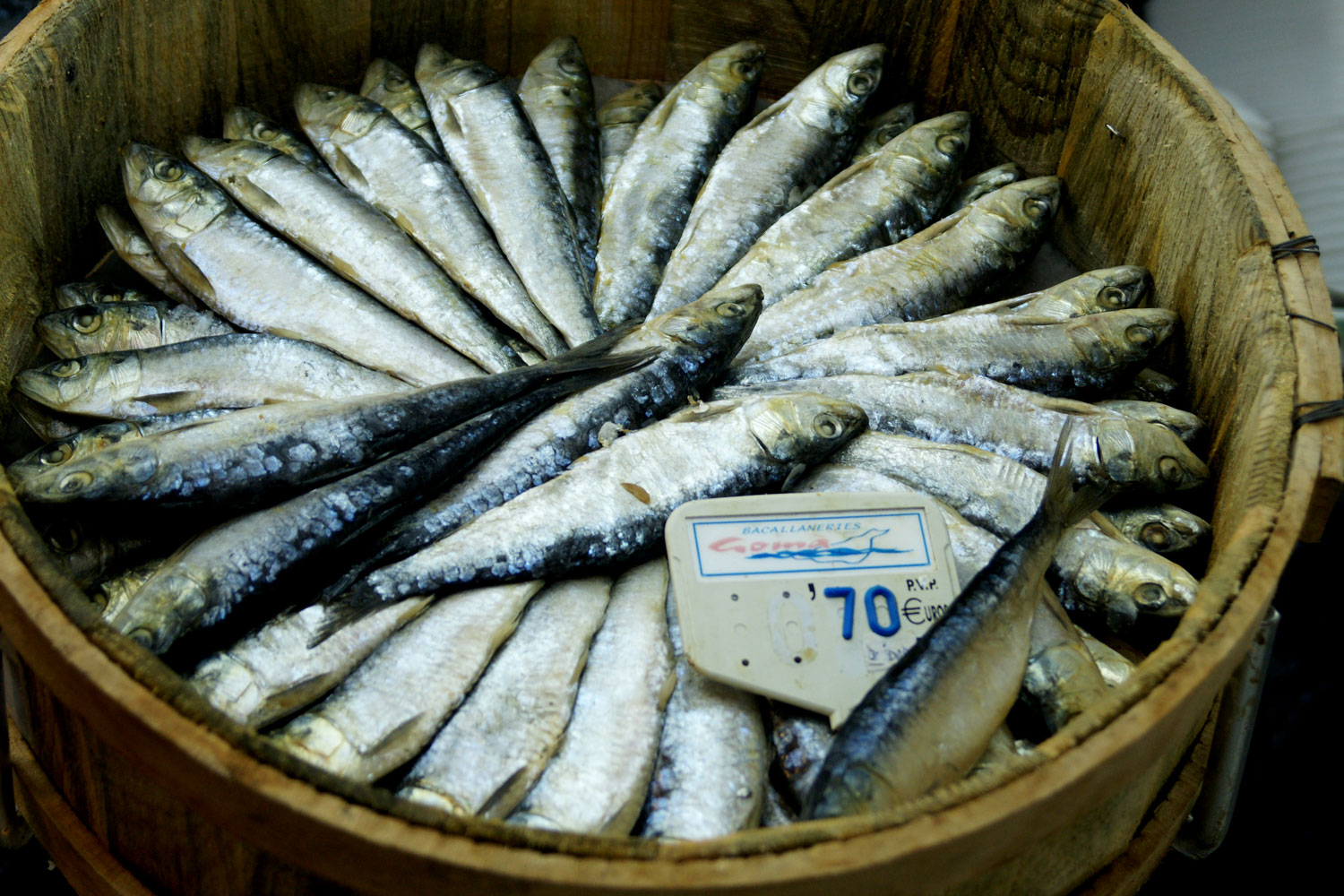














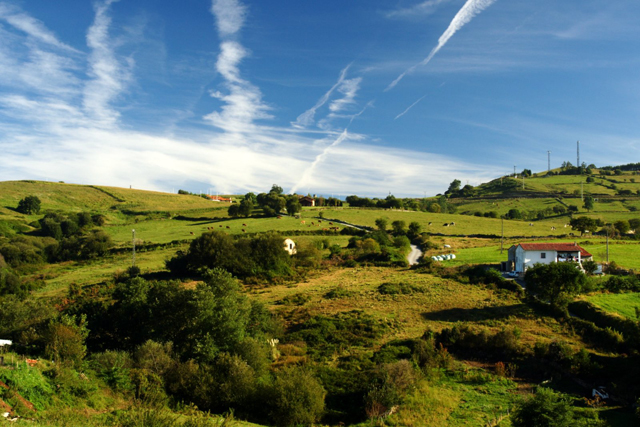










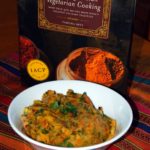
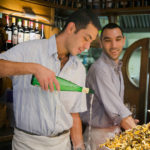
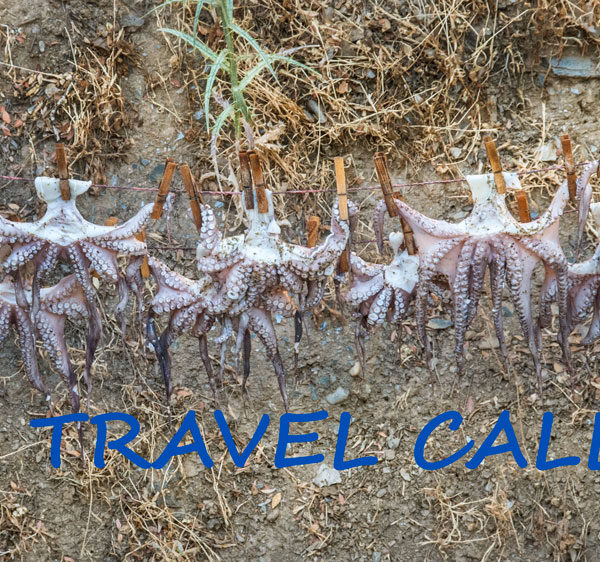
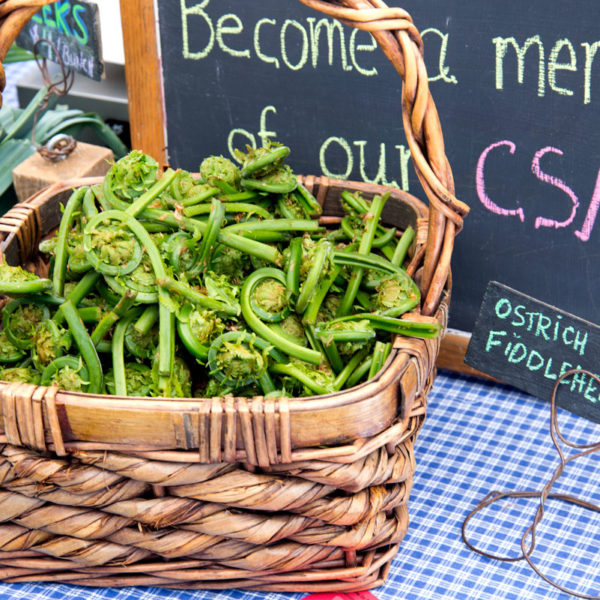
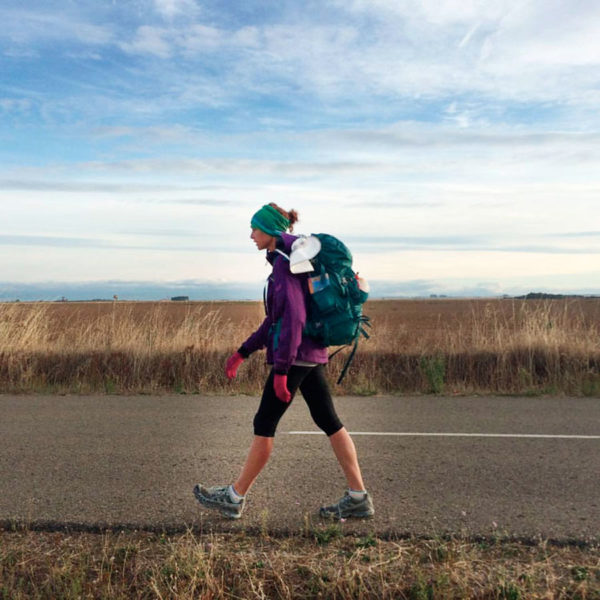


4 comments
Sally
Linda,
Those are amazing, beautiful photos. And, I love your description. I could easily see you living there happily ever after. Thanks for writing all this– I can live vicariously through you!
Sally
Linda,
Those are amazing, beautiful photos. And, I love your description. I could easily see you living there happily ever after. Thanks for writing all this– I can live vicariously through you!
joel
exquisite!
joel
exquisite!